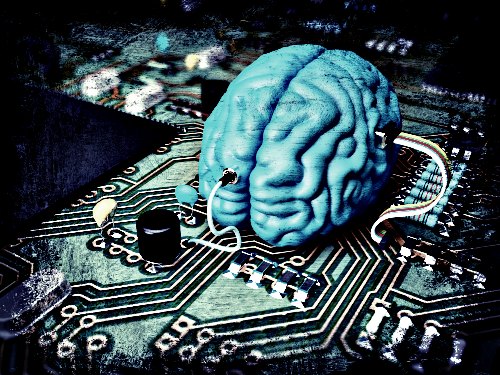
Breaking News
 Rising Male Infertility A Catastrophe Waiting to Happen
Rising Male Infertility A Catastrophe Waiting to Happen
 EU is Broke & Rejects Peace Since They Would Have to Return Russian Money
EU is Broke & Rejects Peace Since They Would Have to Return Russian Money
 The Illusion of Democracy: The "Iron Law of Oligarchy"
The Illusion of Democracy: The "Iron Law of Oligarchy"
Top Tech News
 Perfect Aircrete, Kitchen Ingredients.
Perfect Aircrete, Kitchen Ingredients.
 Futuristic pixel-raising display lets you feel what's onscreen
Futuristic pixel-raising display lets you feel what's onscreen
 Cutting-Edge Facility Generates Pure Water and Hydrogen Fuel from Seawater for Mere Pennies
Cutting-Edge Facility Generates Pure Water and Hydrogen Fuel from Seawater for Mere Pennies
 This tiny dev board is packed with features for ambitious makers
This tiny dev board is packed with features for ambitious makers
 Scientists Discover Gel to Regrow Tooth Enamel
Scientists Discover Gel to Regrow Tooth Enamel
 Vitamin C and Dandelion Root Killing Cancer Cells -- as Former CDC Director Calls for COVID-19...
Vitamin C and Dandelion Root Killing Cancer Cells -- as Former CDC Director Calls for COVID-19...
 Galactic Brain: US firm plans space-based data centers, power grid to challenge China
Galactic Brain: US firm plans space-based data centers, power grid to challenge China
 A microbial cleanup for glyphosate just earned a patent. Here's why that matters
A microbial cleanup for glyphosate just earned a patent. Here's why that matters
 Japan Breaks Internet Speed Record with 5 Million Times Faster Data Transfer
Japan Breaks Internet Speed Record with 5 Million Times Faster Data Transfer
Elon Musk has launched a company that hopes to link your brain to a computer

Internal sources told The Journal that the company, called Neuralink, was developing "neural lace" technology that would allow people to communicate directly with machines without going through a physical interface. Neuralink was registered as a medical-research company in California in July.
Neural lace involves implanting electrodes in the brain so people could upload or download their thoughts to or from a computer, according to the report. The product could allow humans to achieve higher levels of cognitive function.
Tesla declined to comment on the veracity of The Journal's report.
Musk has expressed his interest in neural lace technology before. Musk first described the potential product at Vox Media's Code Conference in 2016, saying it would allow humans to achieve symbiosis with machines.
He said neural lace could prevent a person from becoming a "house cat" to artificial intelligence.
"The solution that seems maybe the best is to have an AI layer," Musk said at the Vox Code Conference. "A third, digital layer that could work symbiotically."
Musk said on Twitter in January that he was preparing for an announcement regarding neural lace.

 The Gathering Storm
The Gathering Storm Advanced Propulsion Resources Part 1 of 2
Advanced Propulsion Resources Part 1 of 2

